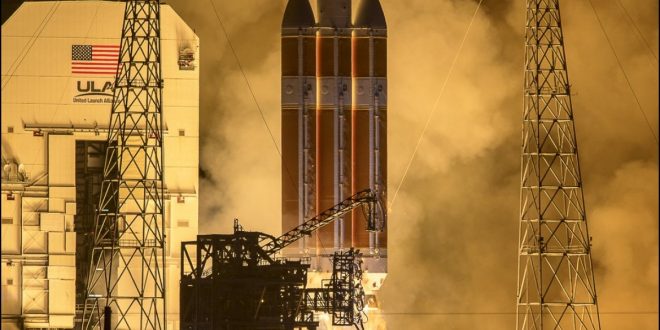A space probe that aims to be the first to “touch the sun” launched early Sunday morning, marking the next step in an effort that scientists say has been 60 years in the making.
NASA’s Parker Solar Probe blasted off from the Cape Canaveral Air Force Station in Florida on Sunday, Aug. 12 at 3:31 a.m. EDT. A last-minute technical glitch led NASA to delay the launch, which was initially planned for early on Saturday morning.
The $1.5-billion, car-sized spacecraft is designed to provide a close look at the sun’s atmosphere — what astronomers call the corona — to answer enduring questions about this ultra-hot region of our nearest star.
“We’ll be going where no spacecraft has dared go before — within the corona of a star,” project scientist Nicola Fox of the Johns Hopkins Applied Physics Lab, said in a written statement. “With each orbit, we’ll be seeing new regions of the sun’s atmosphere and learning things about stellar mechanics that we’ve wanted to explore for decades.”
Over the course of its seven-year mission, the probe will orbit the sun 24 times, each time sweeping through the corona, where the temperature is a blistering 2,500 degrees Fahrenheit (almost 1,400 degrees Celsius). The spacecraft and its suite of delicate instruments will be protected from the sun’s extreme heat by a carbon fiber heat shield.
–
NBC
Watch the video below:
 UAE BARQ برق الإمارات – نبضك
UAE BARQ برق الإمارات – نبضك



